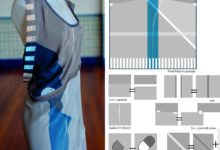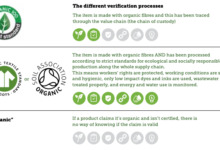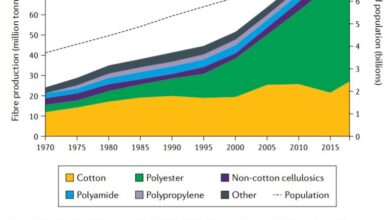The Rise Of Upcycling: Revolutionizing The Fashion Industry
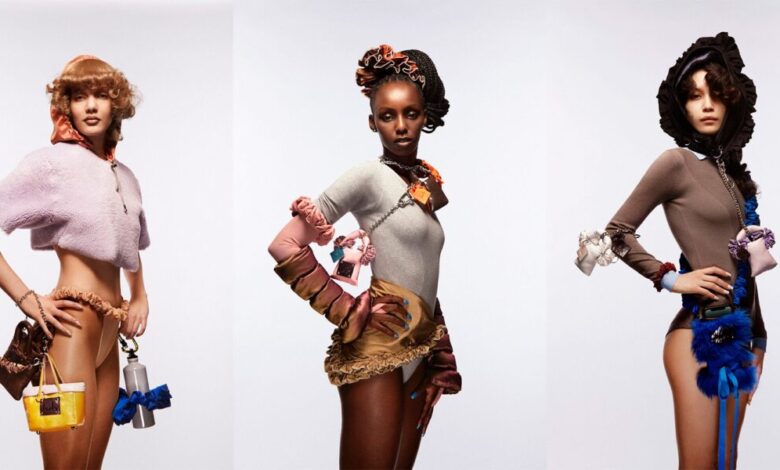
Discover the transformative concept of upcycling in the fashion industry and how it is revolutionizing sustainable practices. Upcycling involves creatively repurposing discarded materials to create unique and stylish garments, accessories, and even home decor items. In this article, we will delve into the world of upcycled fashion, exploring its environmental impact, creative processes, techniques used by designers to breathe new life into old materials, as well as the benefits and challenges associated with embracing upcycling in the ever-evolving landscape of fashion. Join us on this journey towards a more sustainable future at Chokerclub.
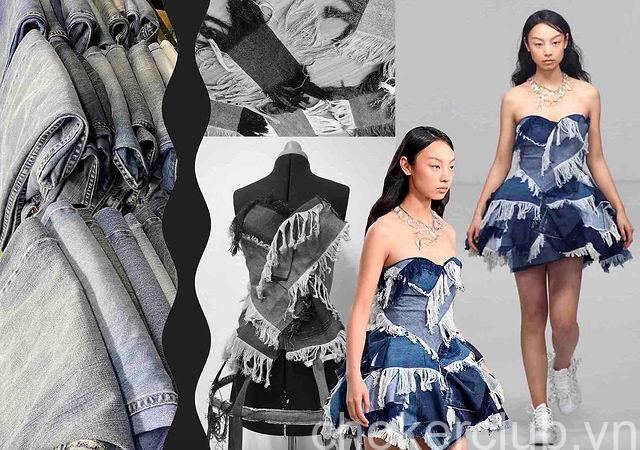
I. What is Upcycling in the Fashion Industry?
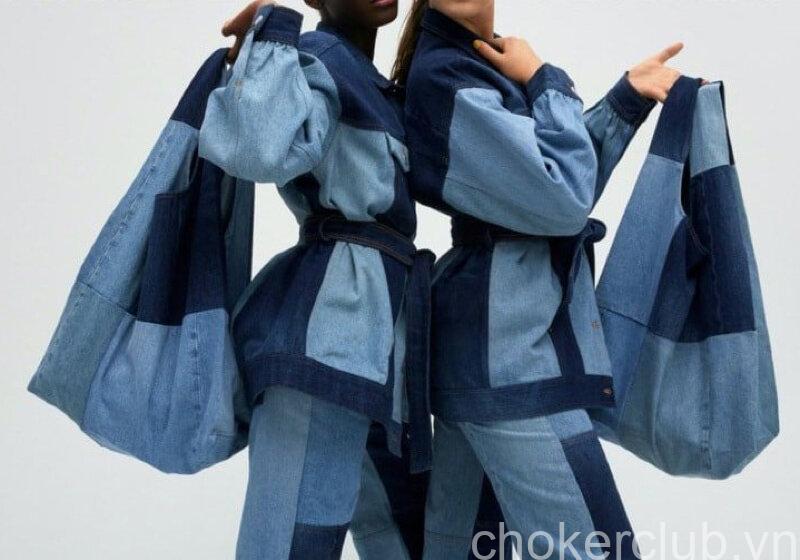
Upcycling in the fashion industry refers to the process of transforming discarded materials or old garments into new products with enhanced value and creativity. Unlike recycling, which breaks down materials to create new ones, upcycling focuses on repurposing existing materials in their original form to create something entirely different. It is a sustainable practice that offers a fresh perspective on fashion design and production, as it reduces waste and minimizes the need for new resources.
Through upcycling, fashion designers and artisans can breathe new life into discarded fabrics, textiles, and garments, giving them a second chance to shine. By incorporating innovative techniques and creative thinking, upcycled fashion adds a unique touch to the industry, promoting individuality and reducing the harmful impact of fast fashion.
II. The Environmental Impact of Upcycling in Fashion

One of the significant environmental benefits of upcycling in the fashion industry is its potential to reduce textile waste. The fashion industry generates a staggering amount of waste each year, as fast fashion trends often lead to the disposal of perfectly usable garments. By upcycling, designers can transform discarded or unused materials into new and desirable pieces, extending the lifecycle of textiles and diverting them from landfills. This process not only helps to conserve valuable resources but also minimizes the pollution and energy consumption associated with textile production.
III. The Creative Process of Upcycling
| Key Points: |
|---|
| – Sourcing materials through thrifting and personal collection |
| – Ideation and conceptualization through sketching and experimentation |
| – Deconstruction and transformation of original item |
| – Focus on finishing touches and quality assurance |
“Upcycling allows designers to unleash their creativity while contributing to a more sustainable fashion industry.”
IV. Upcycling Techniques and Examples

One popular upcycling technique is creative patchwork, where designers combine various fabric scraps to create unique and eye-catching garments. Patchwork allows for limitless creative possibilities, as different textures, colors, and patterns can be mixed and matched.
For example, a designer might create a patchwork denim jacket by stitching together different shades of denim and incorporating patches from old jeans. The result is a one-of-a-kind piece that adds a touch of individuality to the fashion industry.
V. Benefits and Challenges of Upcycling in Fashion
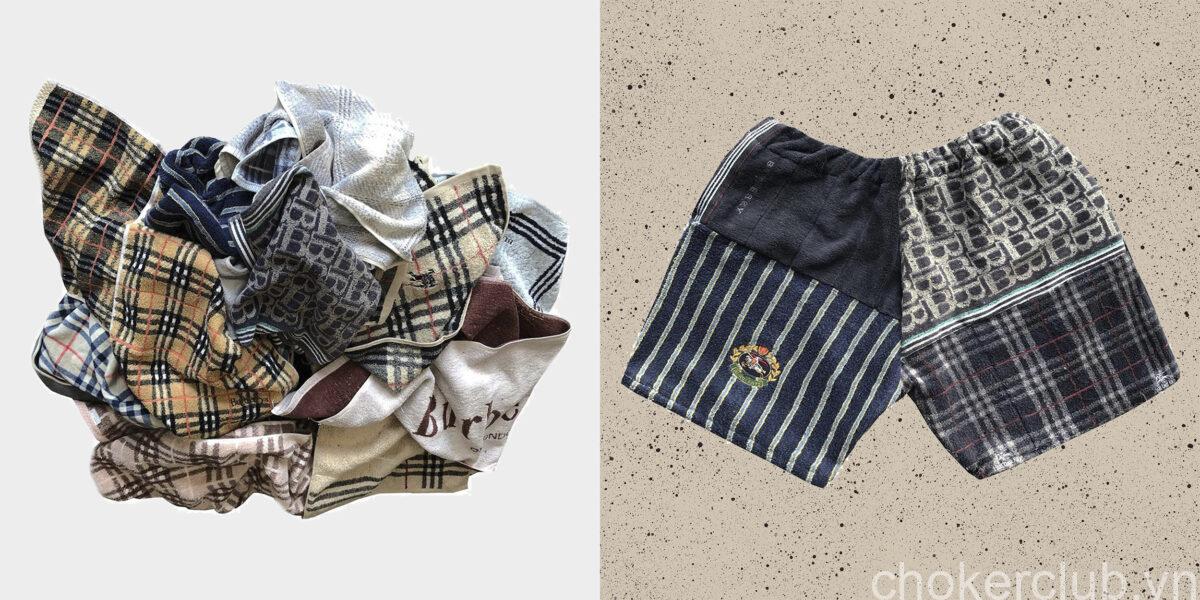
Key Takeaways:– Upcycling in the fashion industry provides economic benefits by reducing production costs and offering limited-edition pieces.- It brings about social benefits by promoting sustainability, supporting local artisans, and empowering communities.- Ethical considerations include the need for a consistent supply of discarded materials and maintaining design integrity and quality standards.
VI. Conclusion
In conclusion, upcycling has become a revolutionary practice in the fashion industry, transforming waste into creative and sustainable fashion pieces. By repurposing and reinventing materials, designers are able to minimize their environmental impact and promote a more circular economy. Upcycling offers numerous benefits including economic advantages, such as cost savings and new business opportunities, as well as social benefits like fostering creativity and supporting local artisans. However, it also presents challenges, particularly in terms of scalability and ensuring ethical production practices. Overall, upcycling is paving the way for a more conscious and responsible fashion industry that values sustainability and innovation.


